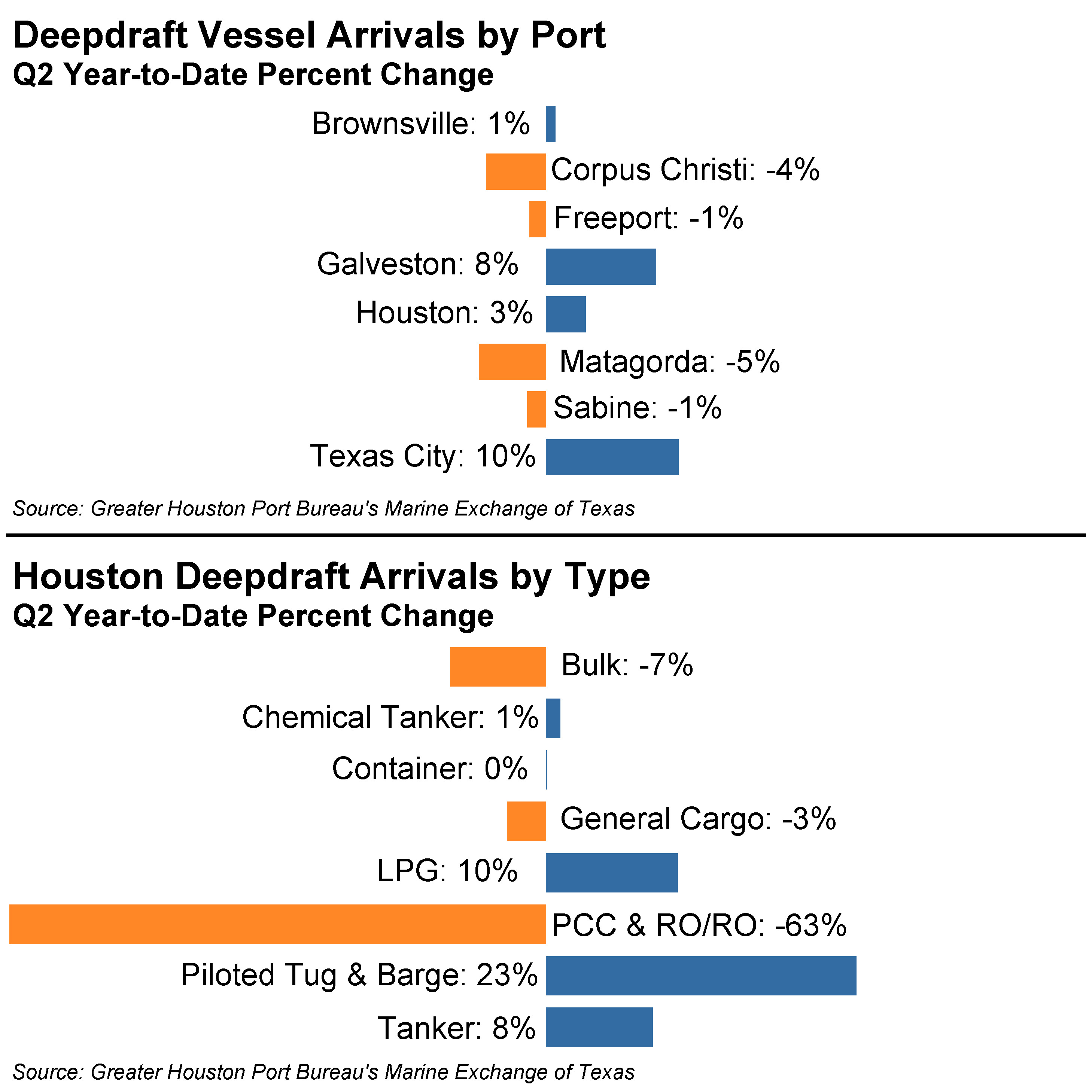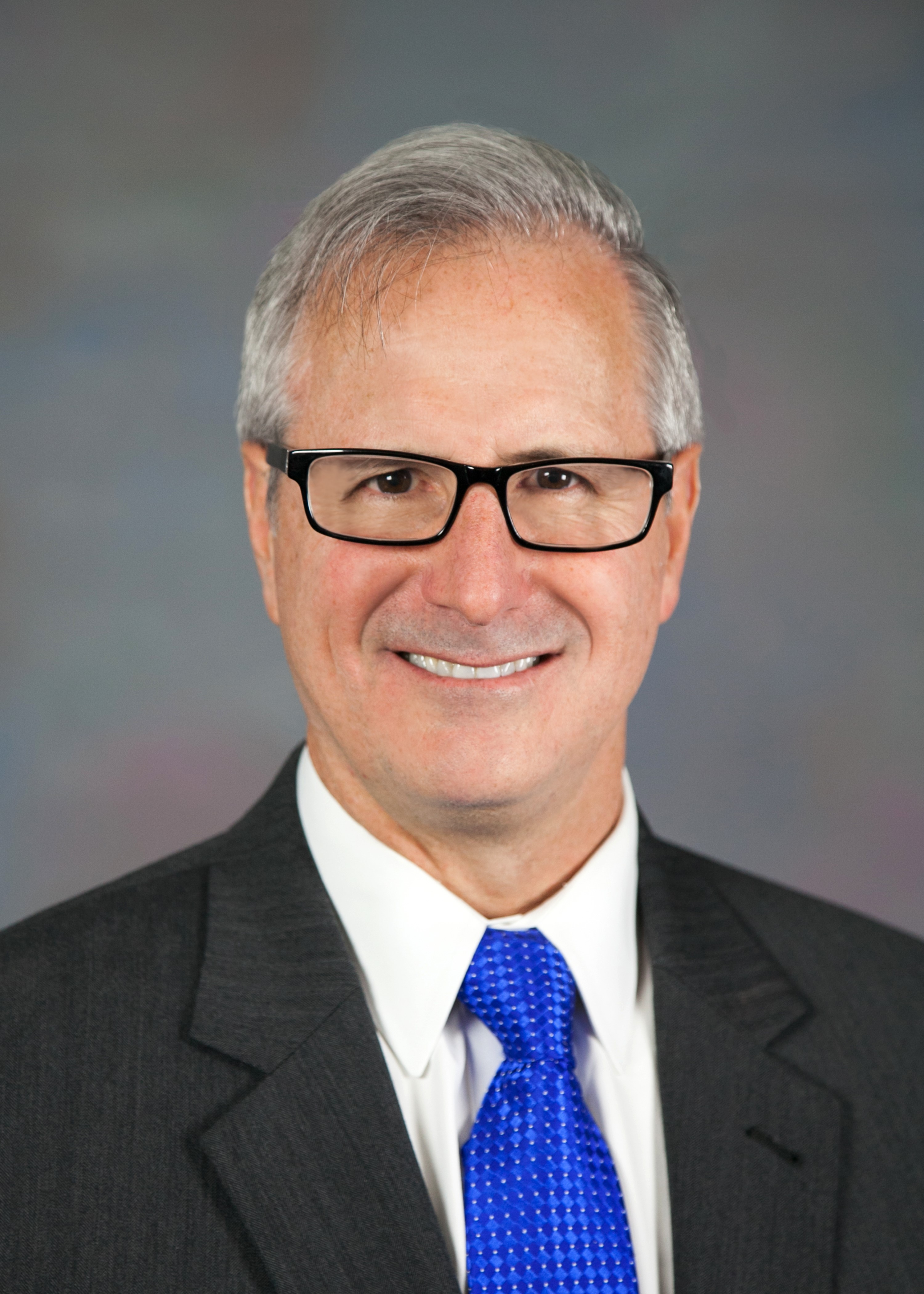What Will Be Willed
Easter 1865 dawned in Washington D.C. with the severely injured Secretary of State, William Seward, peering out his second-floor window and noting that the National Ensign was at half-mast. Having been brutally stabbed on Good Friday, he was surprised that his dear friend and Commander in Chief had yet to visit him. It was at that moment that Secretary Seward deduced that the flag must have been at half-mast for the president of the United States.
Nine days later, President Lincoln’s funeral procession solemnly proceeded down New York City’s Broadway Street. Six-year-old Teddy Roosevelt and his younger brother Elliot had a bird’s eye view from the second-floor window of their grandfather’s mansion as the deceased president’s carriage passed.
This, of course, would not be Theodore Roosevelt’s last– albeit brief – encounter with an assassinated president. On September 6, 1901, Vice President Roosevelt was speaking at Lake Champlain when he was informed President McKinley has been shot by Leon Czolgosz in Buffalo, New York. Roosevelt hastened to the president’s bedside. Convinced he would recover from the stomach wound, the vice president decided to join his vacationing family in the Adirondacks. Unfortunately, a week later, he was told that McKinley’s condition had become critical, prompting him to rush back to Buffalo.
On September 14, 1901, Vice President Roosevelt was sworn in as the 26th and youngest president of the United States. After his landslide victory in 1904, Theodore Roosevelt announced he would not seek reelection in 1908. To that end, he groomed his Secretary of War, William Howard Taft, to be his successor – a decision the Republican Party bosses endorsed when they opined, “Roosevelt has cut enough hay. Taft is the man to put it in the barn.”
 Much hay has been made this past year as reflected in the continuing influx of merchandise into one of the nation’s fastest growing regions. Texas ports garnered 1% more vessel arrivals in the first six months of 2024 than the first half of 2023. Inland tows harvested an even greater bounty for the same timeframe with a 3% year-over-year performance.
Much hay has been made this past year as reflected in the continuing influx of merchandise into one of the nation’s fastest growing regions. Texas ports garnered 1% more vessel arrivals in the first six months of 2024 than the first half of 2023. Inland tows harvested an even greater bounty for the same timeframe with a 3% year-over-year performance.
When the books were closed for the year’s second quarter, the Port of Texas City had much to crow about. Thus far, 2024’s year-to-date arrival count eclipses 2023’s by 10%. Bulkers and integrated tows recorded substantial percentage jumps; however, those categories are dwarfed by tankers and chemical carriers - both of which are up 21% and 2% respectively. Needless to say, it has been a slog for this railroad port since the lifting of the COVID curtain. Fortunately, this year, it is benefiting from the high demand for chemicals in the international market.
Galveston has also benefited handsomely from the influx of tankers which has skyrocketed 81% over the year and 40% over the last month. Chemical tanker arrivals – predominantly a lay berth customer – tallied its highest count for the year resulting in a 7% monthly gain. The most frequent vessel arrivals were the cruise ships which tacked up 12% over the last month. The continued expansion of the port’s cruise ship terminals is paying dividends as reflected in the 4% year-over-year rise.
Unlike the nearby ports of Texas City and Galveston, the port of Freeport has yet to catch up with 2023’s arrival numbers. While it experienced a 6% uptick in the last month, the port still lags the first half of 2023 by a percent. This is primarily due to the pronounced year-to-date drop in chemical tankers (-24%), LPG carriers (-8%), and tankers (-7%). Freeport has certainly benefited from the international LNG demand as that category chalked up a 16% gain over the last year. It has also attracted a greater number of car carriers as witnessed by the 72% hike in ro-ro arrivals over the last two quarters.
To the east, the Port of Sabine slightly trails its prior year vessel-arrival performance by a paltry 1%. Granted, June’s vessel count was the highest for the year. This was primarily due to the 31% leap in tanker arrivals over the last month. Nonetheless, 7% fewer tankers have called upon the port over the first half of the year. The same is true of chemical tankers which are off 2% for the year and LNG vessels which have fallen by 1%. LPG arrivals currently match last year’s numbers. On the other hand, general cargo vessel and ro-ro vessel calls are outpacing the prior year by 48% and 20% respectively.
Meanwhile, the border port of Brownsville quietly chugs along and ekes out modest gains. To date, its vessel call record outpaces 2023 by 1% after a robust 29% monthly increase. Bulkers are the bread and butter of this port as it comprised two-thirds of the total count for the month. As such, 13% more bulkers over the last year are primarily responsible for the port’s gains.
Dead reckoning to the northeast, the port of Corpus Christi has seen 4% fewer vessel arrivals year-to-date. June was a relatively soft month with a 5% monthly wane. Its two dominant vessel constituents – tankers and chemical tankers – are off 19% and 9% respectively for the year. On the vessel arrival front, matters are further exacerbated by the fact there has been a 3% drop in the movement of LNG vessels. If there is a silver lining to be found, it would be due to an impressive 34% ascent in bulker arrivals and a modest 5% uptick in LPG vessel calls
In the nation’s largest port, there is much silver to be had in the way of energy exports and consumable imports. In the last month, Houston welcomed 2% more deep draft vessels. The second quarter of the year outperformed the first quarter by 3%; notching up the year-to-date arrival percentages to 3%. As the Gulf of Mexico’s largest container port, 13% more TEUs crossed the docks on a year-over-year basis. The fact that this was accomplished by the same number of container ships as last year’s underscores the notion that more is being transported on fewer hulls.
The port’s most frequent caller – tankers – is handily erasing last year’s lukewarm performance given that it has left 2023’s figures in its wake by 8% despite June’s 4% tapering. Its chemical counterpart saw a pronounced 16% quarter-over-quarter spike. Currently, it remains 1% ahead of the first half of 2023. Not to be outdone by its BTU cousins, LPG vessel calls have seen a 10% year-to-date upturn following June’s 4% run-up. Bluewater tows – albeit a much smaller vessel population – have enjoyed a torrid 2024. Twenty three percent more of these integrated vessels have navigated the Houston Ship Channel over the last year. Bulker arrivals have wallowed a bit in 2024 with 7% less calls. General cargo vessels fared a bit better with a mere 3% year-to-date loss. Yet, in the last month, this vessel type logged very impressive numbers as evidenced by a 38% leap.
Roosvelt had soured on President Taft’s political program by the time the sitting president was ramping up his 1912 reelection bid. In typical Roosevelt fashion, he opted to form the Bull Moose Party and take on both Taft and the Democratic nominee - New Jersey’s Governor Woodrow Wilson. It was an extremely unpopular decision with the Republican Party power brokers. Undeterred, the former president vociferously campaigned across the nation. On October 14, 1912, as he was departing Milwaukee’s Gilpatrick Hotel for his next speech, John Schrank shot him in the chest at point blank range.
The surrounding crowd was in an uproar and the would-be assassin was pummeled until Roosevelt ordered that the shooter be brought before him. Roosevelt looked Shrank in the eye as the blood stain grew on his shirt and asked, “What did you do it for?” Receiving no response, he ordered him to be taken away by the police and for no harm to come to him. The wounded former Rough Rider refused medical attention and delivered his fifty minute speech to an astonished crowd, bloodied shirt and all.
TR’s third party run resulted in Professor Wilson’s White House ascent and Roosevelt’s persona-non-grata status with the Republican establishment. Thus, after the election, he departed for the Brazilian rain forest to chart an unexplored tributary of the Amazon which now bears his name. What an assassin’s bullet failed to do, the Rio Roosevelt came much closer to taking his life. Today, several blocks from President Roosevelt’s grandfather’s house, from where he watched the Lincoln funeral procession, sits Teddy’s boyhood home. It is now a museum filled with mementos of his many accomplishments and deeds. Perhaps one of the most viewed items is the blood-stained shirt from Shrank’s failed assassination attempt. A poignant reminder of the contrast between man’s will and divine intervention.
About the Author

Tom Marian is the General Counsel of Buffalo Marine Service, Inc. He also serves on the Executive Committee of the Port Bureau Board of Directors.
